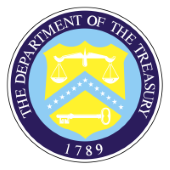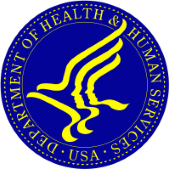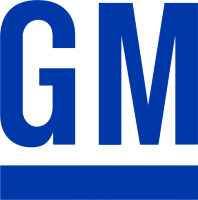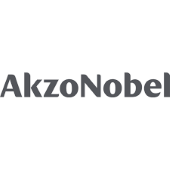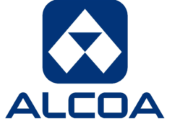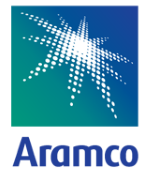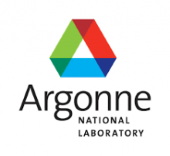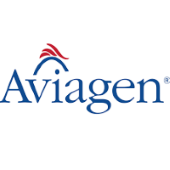|   |
|
ABSTRACT
Unlock the Potential of G ChartsIndustry: All Industries Keywords: G Chart, Statistical Analysis, Data Collection Level: All Levels LinkedIn: www.linkedin.com/in/kpchastain The G chart is a quality control tool that is designed to monitor processes involving rare events. Unlike the traditional P chart, which is primarily focused on monitoring proportions or percentages, the G chart is based on the geometric distribution and offers unique capabilities for detecting changes in event rates and process shifts. The G chart’s greatest strength lies in its ability to promptly detect changes in event rates, allowing for proactive responses to process variations. By leveraging the geometric distribution, even subtle shifts in event rates can be identified, ensuring timely intervention. This is particularly crucial in industries where rare events have significant consequences, such as healthcare, manufacturing, and ones with safety-critical systems. Implementing the G chart in an organization offers several key benefits for quality monitoring. Firstly, it allows for effective process management by providing a reliable method to monitor and control rare events. By continuously monitoring event rates, organizations can identify deviations from expected performance and take corrective actions to maintain quality standards. Furthermore, the G chart’s flexibility in data requirements makes it invaluable across industries. Unlike some control charts that require a large amount of data, the G chart can yield meaningful insights even with limited samples. This is particularly advantageous in situations where data collection is challenging or costly. Organizations can leverage the statistical analysis provided by the G chart without being hindered by data collection constraints. The G chart also enables ongoing process monitoring, which is vital for continuous improvement. By integrating G charts into existing quality control systems, organizations can establish a proactive approach to quality management. The G chart’s ability to detect changes in event rates allows for early identification of process deviations, enabling timely corrective actions and preventing the occurrence of quality issues. The presentation will provide attendees with detailed knowledge of G charts, covering their creation, interpretation, and practical application for ongoing process monitoring. Attendees will receive step-by-step guidance on constructing G charts, ensuring a solid understanding of the statistical and data considerations involved. Real-world examples will be used to illustrate the practical implementation of G charts, equipping participants with actionable insights they can apply in their own contexts. In summary, the G chart is a powerful quality control tool that offers remarkable capabilities for monitoring processes involving rare events. Its ability to detect changes in event rates promptly, flexibility in data requirements, and contribution to ongoing process monitoring make it highly beneficial for organizations seeking to maintain and improve the quality of their products or services. |
BIOGRAPHY
Keith Chastain, MSQA, CMBB, CQESenior Performance Improvement Project Manager, BayCare Health System Mr. Chastain is an experienced professional with expertise in process improvement and quality assurance. He holds certifications as an ASQ Certified Master Black Belt, ASQ Certified Quality Engineer, and Lean Facilitator. With 23 years of experience across healthcare, manufacturing, and customer service/technicalsupport contact center environments, he currently serves as a Senior Performance Improvement Project Manager at BayCare Health System in Clearwater, FL. Mr. Chastain’s educational background includes a Master’s degree in Quality Assurance from Southern Polytechnic State University and a Bachelor’s degree in Nuclear Engineering from the University of Florida. He has successfully led cross-functional teams on improvement projects and provided coaching, mentoring, and training to professionals at various levels, including Six Sigma Black Belts, Green Belts, Executive Belts, and Lean Facilitators. He applies his experience with improvement methodologies to support process improvement teams and change initiatives within his organization. Mr. Chastain frequently applies an analytical mindset along with statistical methods in a collaborative approach that allows him to work with leaders and team members with varied analytical needs to help them drive their improvement efforts. Mr. Chastain is excited for the opportunity to present at this year’s conference and looks forward to sharing his insights and learning from the diverse background and experience of the participants who bring their cross-industry knowledge and ideas for process improvement to this quality forum. |









